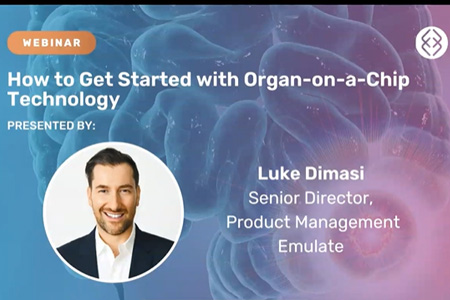
Breaking Down the Barriers: How Organ-Chips are Revolutionizing Disease Research and Drug Development through Advanced In Vitro Models
Since the early 1900s, scientists have been using conventional 2D cell culture to study human biology and have made significant advancements in the field. However, it has become increasingly clear that the artificial nature of 2D cell culture, which includes the use of cancerous cell lines, static microenvironments, and limited cellular complexity, restricts its ability to accurately model human diseases and predict human reactions to drug candidates.
In recent years, Organ-Chips have emerged as an innovative cell culture technology that offers a more human-relevant platform for disease research and drug discovery and development. These advanced in vitro models replicate the microenvironment that cells experience within the human body, providing a more authentic representation of human responses compared to traditional 2D cell culture.
Organ-Chips are made up of tiny chips that contain microfluidic channels and a variety of tissues and organs. They can be customized to mimic specific diseases or conditions by incorporating relevant cells or tissues into the chip. The chips are then perfused with nutrients and other substances to create a dynamic microenvironment that closely resembles what cells experience in vivo (in the body).
One major advantage of Organ-Chips over traditional 2D cell culture is their ability to model complex interactions between different tissues and organs within the body. For example, Organ-Chips can be used to study how drugs interact with multiple organs at once, such as how a drug affects both liver metabolism and heart function simultaneously. This type of analysis is difficult or impossible with traditional 2D cultures alone.
Additionally, Organ-Chips can be used to investigate disease mechanisms in more detail than traditional 2D cultures can provide. For instance, they can be used to analyze how cancer cells interact with surrounding tissues in a tumor microenvironment. This information can be used to identify potential targets for new therapies or treatments for cancer patients.
Overall, Organ-Chips represent an exciting advancement in cell culture technology that holds great promise for disease research and drug discovery and development. By providing a more authentic representation of human physiology than traditional 2D cultures, they offer scientists new tools for studying complex diseases like cancer or chronic illnesses.
In a webinar led by Luke Dimasi

